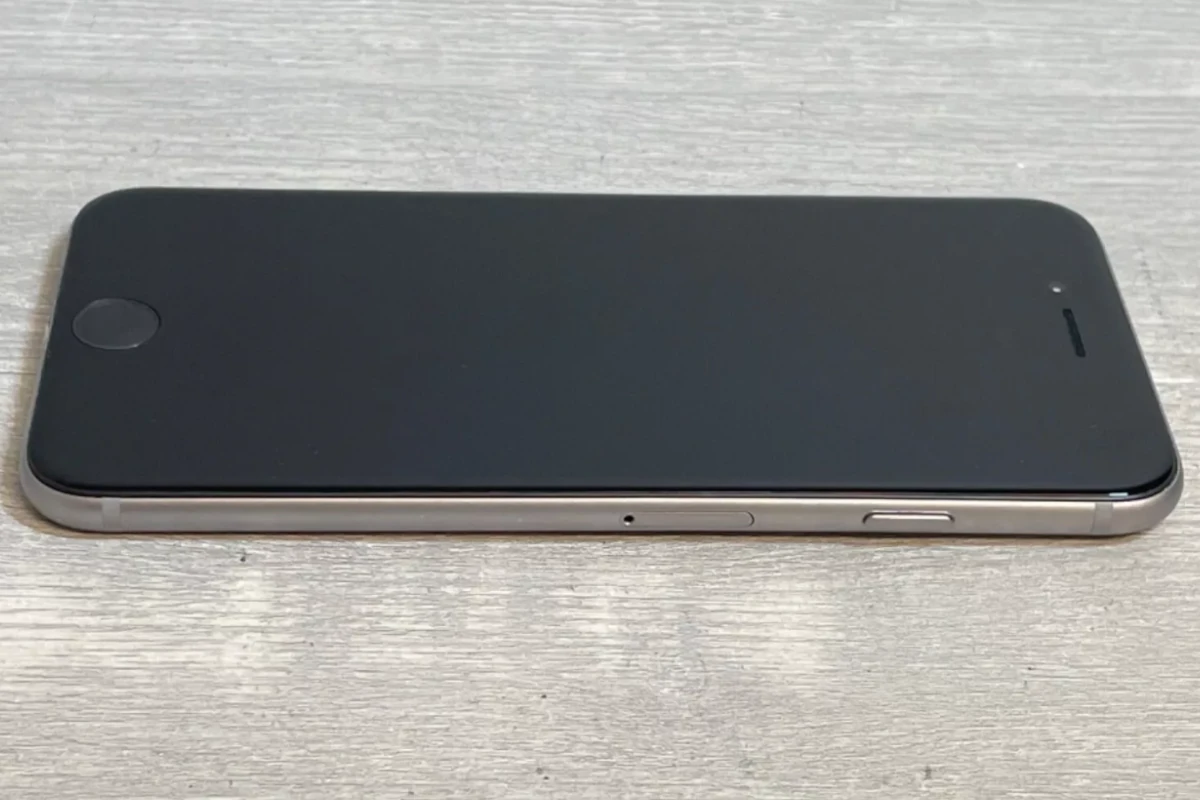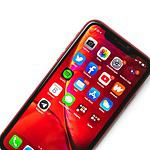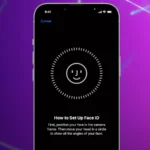The iPhone 6 and iPhone 6 Plus were a big deal for Apple when they first came out. They were announced on September 9, 2014, and launched on September 19, 2014. These models had larger screens, with the iPhone 6 having a 4.7-inch display and the iPhone 6 Plus having a 5.5-inch display. These new phones also came with improved cameras and introduced Apple Pay, allowing users to make contactless payments. The bodies were made from unibody aluminum, making them thinner than their predecessors. The iPhone 6 and 6 Plus represented a significant moment in Apple’s history and drew many buyers due to their larger displays and sleek design.
iPhone 6 & 6 Plus: Release Date and Timeline
The iPhone 6 and 6 Plus were big news for Apple fans. They came out on September 19, 2014. But there’s more to the story than just the release date. Let’s look at the timeline:
Announcement and Pre-orders
Apple first told us about the iPhone 6 and 6 Plus on September 9, 2014. People got excited right away and could pre-order starting September 12.
Release and Availability
The big day came on September 19. That’s when people could buy the new phones in stores. But not everyone got them right away. Apple couldn’t make enough for everyone at first, so some people had to wait.
China Release
China is a big market for Apple, but they had to wait a bit longer. The iPhone 6 and 6 Plus didn’t come out there until October 17, 2014. Apple said some things weren’t ready yet.

Timeline Table
| Event | Date |
|---|---|
| Announcement | September 9, 2014 |
| Pre-orders Start | September 12, 2014 |
| Release Date | September 19, 2014 |
| China Release | October 17, 2014 |
Key Takeaways
- iPhone 6 and iPhone 6 Plus were released on September 19, 2014
- They had larger 4.7-inch and 5.5-inch displays respectively
- Introduced Apple Pay and featured a thinner unibody aluminum design
Design and Specifications
The iPhone 6 and iPhone 6 Plus introduced new designs and improved features. These include a new look, better displays, faster processors, and enhanced cameras.
Build Quality and Dimensions
The iPhone 6 features a unibody aluminum design. This gives the phone a sleek look and a smooth feel. The edges are rounded, making it comfortable to hold. The iPhone 6 is 6.9mm thick and weighs 129 grams.
For the iPhone 6 Plus, it is slightly bigger. It is 7.1mm thick and weighs 172 grams. Both models come in three colors: Silver, Space Gray, and Gold. The build is sturdy and feels premium due to the high-quality materials used.

Display Characteristics
The iPhone 6 has a 4.7-inch display, while the iPhone 6 Plus has a 5.5-inch display. Both screens are Retina HD. This means they have high pixel density. The iPhone 6 has a resolution of 1334×750 pixels at 326 ppi.
The iPhone 6 Plus has a higher resolution of 1920×1080 pixels at 401 ppi. Both displays feature Dual-Domain pixels which improve viewing angles. The colors are vivid, and the contrast is high, making images look sharp and bright.

Processor and Performance
Both iPhone 6 and iPhone 6 Plus use the Apple A8 chip. This is a 64-bit processor that offers good performance. The A8 chip is fast and handles multiple tasks well.
They also include the M8 motion coprocessor. This helps with fitness tracking and saves battery life. With 1GB of RAM, these phones run smoothly. The battery life is decent, lasting about a day with normal use.
Camera Capabilities
The iPhone 6 and 6 Plus both have an 8 MP iSight rear camera. Features include Autofocus, True Tone Flash, and Face Detection. The 6 Plus also offers Optical Image Stabilization, which helps reduce blurriness in photos.
The front camera is 1.2 MP, suitable for selfies and video calls. The rear camera captures clear photos and records 1080p HD video. The image quality is excellent, especially in good lighting conditions.
Features and Connectivity
The iPhone 6 and iPhone 6 Plus introduced several new features and updated connectivity options, enhancing how users interact with their devices.
Operating System and Software
The iPhone 6 series launched with iOS 8. This operating system brought improvements such as QuickType, new keyboard options, and Family Sharing. The App Store provided thousands of apps tailored for the larger screens. iCloud integration made syncing devices seamless. Siri, Apple’s voice assistant, became smarter and more responsive. The devices also supported Apple Pay, allowing users to make payments with their phones using NFC technology.
Network and Communication
The iPhone 6 and iPhone 6 Plus supported a variety of network standards. They offered LTE for faster wireless connectivity, increasing browsing and download speeds. Additional communication options included Wi-Fi with Wi-Fi Calling, Bluetooth, and GPS. They also supported GLONASS for accurate location tracking. Other network standards supported included CDMA, GSM, HSPA, VoLTE, and TD-SCDMA. These features ensured reliable communication across various carriers and regions.
Security and Additional Features
Security-wise, the spotlight was on Touch ID, a fingerprint sensor built into the home button for quick and secure unlocking. Other notable features included a barometer for elevation tracking, and a digital compass for direction. Photography enthusiasts appreciated the camera enhancements like burst mode and video recording capabilities. The Lightning Connector provided a convenient way to charge and transfer data. Additionally, the devices came with voice features and the Siri assistant, enhancing the overall user experience.







